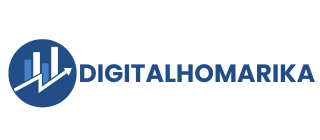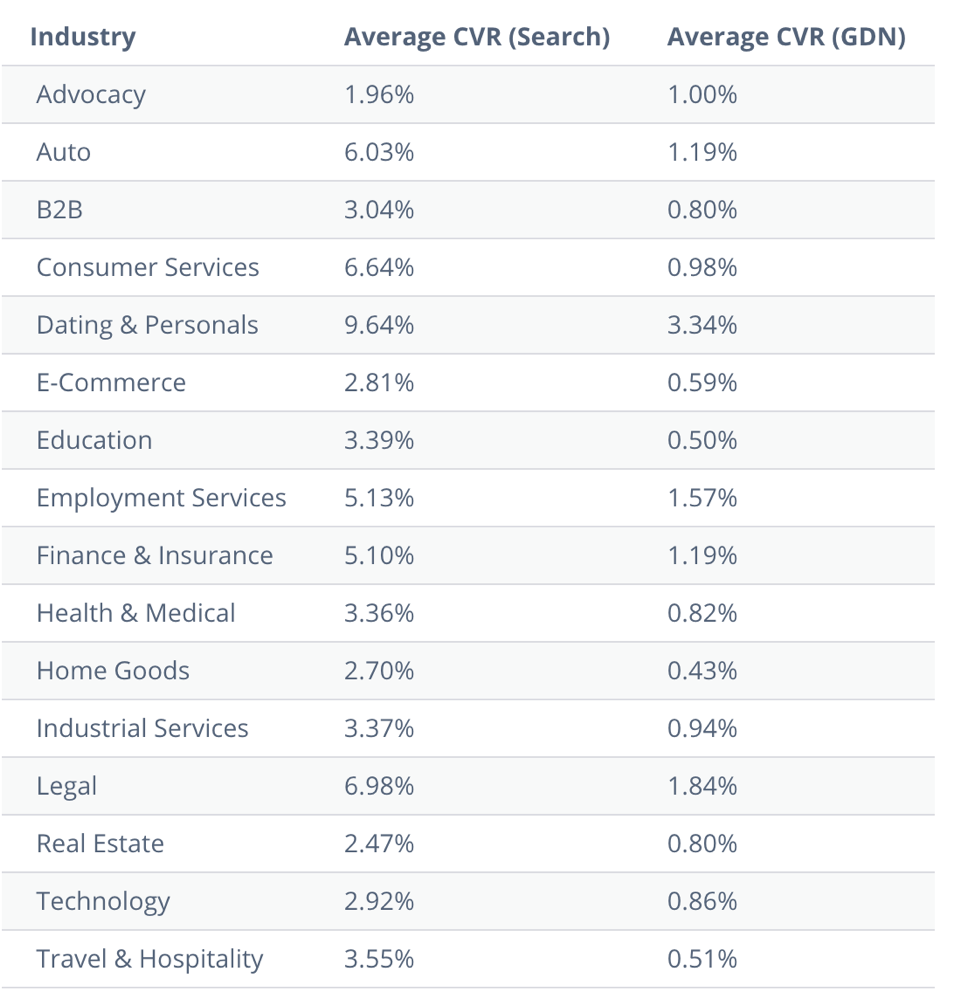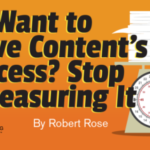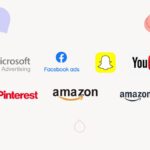A good PPC conversion rate typically ranges from 2% to 5%. Rates above 5% indicate strong performance, while below 2% may require optimization.
Pay-per-click (PPC) advertising has become a vital strategy for businesses aiming to drive targeted traffic. Understanding what constitutes a good conversion rate is crucial for assessing the effectiveness of your campaigns. A solid conversion rate not only reflects the quality of your ads but also indicates how well your landing pages resonate with potential customers.
Factors like industry standards, audience targeting, and ad relevance can all influence conversion rates. By monitoring and optimizing these elements, businesses can improve their PPC performance and maximize return on investment. This article will delve deeper into what defines a good PPC conversion rate and how to achieve it.
Introduction To Ppc Conversion Rates
PPC conversion rates show how well ads turn clicks into actions. High conversion rates mean effective campaigns. They help businesses grow and spend wisely.
Tracking conversion rates is vital for success. It reveals what works and what does not. Understanding these rates can save money and improve strategies.
| Factor | Description |
|---|---|
| Ad Quality | Better ads attract more clicks and conversions. |
| Target Audience | Understanding the audience increases relevant clicks. |
| Landing Page | A user-friendly page boosts conversion rates. |
| Keywords | Choosing the right keywords draws the right visitors. |
Benchmarking Ppc Conversion Rates
Understanding PPC conversion rates is crucial for marketers. Industry averages provide a helpful benchmark. For example, average conversion rates can differ greatly between sectors. The e-commerce sector often sees rates around 2-4%. In contrast, the B2B sector may experience rates of 1-3%. These figures serve as a good starting point for evaluating performance.
Different industries have distinct factors influencing their conversion rates. Seasonality, target audience, and ad spend all play significant roles. For instance, the travel industry usually sees higher rates during peak seasons. Meanwhile, the technology sector may have lower rates due to complex buying decisions. Understanding these nuances helps set realistic goals.
Key Components Of Conversion Rate Calculation
A good PPC conversion rate shows how well your ads perform. It measures how many clicks lead to a desired action. This action could be a purchase or a sign-up.
The conversion rate formula is simple: divide the number of conversions by the total clicks. Multiply the result by 100 to get a percentage. For example, 50 conversions from 1,000 clicks equals a 5% conversion rate.
| Components | Description |
|---|---|
| Conversions | Number of desired actions taken by users. |
| Total Clicks | Overall clicks on your ad. |
The click-through rate (CTR) also plays a crucial role. A higher CTR means more people click on your ads. This can lead to more conversions. Strong ad copy and relevant keywords improve CTR.
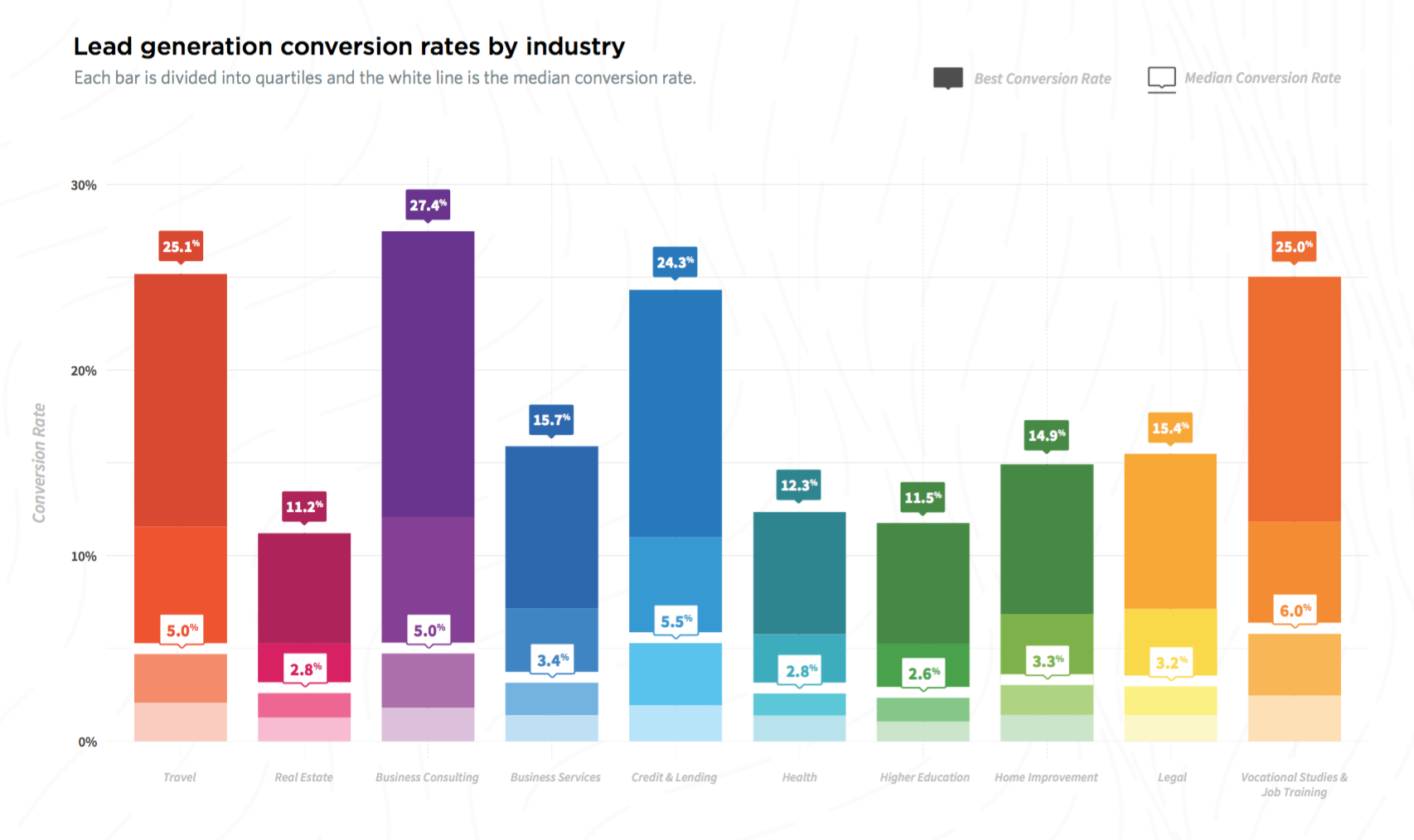
Credit: twowheelsmarketing.com
Strategies To Enhance Your Ppc Conversion Rate
Landing page optimization is crucial for improving your PPC conversion rate. Make sure your pages load quickly. Use a clear and attractive design to engage visitors. Ensure the content aligns with your ad copy for better relevance.
Use strong calls to action that tell users what to do next. Offer value propositions to show why your product is the best choice. Test different headlines and images to see what works best.
Ad copy best practices involve clear and concise messaging. Highlight unique benefits of your product or service. Use emotional triggers to connect with your audience.
Include keywords that match user intent. A/B test your ads regularly for improved performance. Keep your messaging consistent across all platforms.
Analyzing Conversion Rate Performance
To improve your PPC conversion rate, use reliable tools. Google Analytics tracks user behavior. AdWords conversion tracking helps measure campaign performance. Hotjar shows how users interact with your site.
Analyzing data is key. Focus on metrics like click-through rates and cost per conversion. High click-through rates often lead to better conversions. Look for patterns in user behavior to guide your strategy.
| Tool | Purpose |
|---|---|
| Google Analytics | Tracks website traffic and user behavior. |
| AdWords Conversion Tracking | Measures the success of PPC campaigns. |
| Hotjar | Analyzes user interaction on your website. |
The Impact Of Quality Score On Ppc Conversions
Quality Score is vital for effective PPC campaigns. It affects ad ranking and cost-per-click. A higher Quality Score leads to better visibility and lower costs.
Understanding Quality Score components helps improve conversions. It includes:
| Component | Description |
|---|---|
| Click-Through Rate (CTR) | Higher CTR improves Quality Score. Create engaging ad copies. |
| Ad Relevance | Ensure ads match keywords. Relevant ads attract more clicks. |
| Landing Page Experience | Optimize landing pages for user experience. Fast loading pages boost scores. |
Improving Quality Score enhances PPC performance. Focus on creating relevant content. Regularly update keywords and ads for best results.
Advanced Techniques For Conversion Rate Optimization
A/B testing is a powerful method for improving PPC campaigns. It involves comparing two versions of an ad. By changing one element, like the headline or image, you can see which performs better. This helps identify what resonates with your audience.
Artificial Intelligence (AI) plays a crucial role in PPC optimization. AI can analyze vast amounts of data quickly. It helps find patterns that humans might miss. AI tools can suggest bid adjustments and target the right audience. This leads to better conversion rates and lower costs.
Using both A/B testing and AI together enhances your PPC strategy. Test ads frequently and use AI insights. This combination drives higher conversion rates and maximizes your advertising budget.
Real-world Examples Of Successful Ppc Conversion Rates
Many businesses see great results from PPC campaigns. Case studies show the best strategies. For example, a clothing store improved its conversion rate by 30%. They focused on specific keywords. This helped attract the right customers.
A tech company saw a 50% increase in conversions. They used targeted ads on social media. This made their ads more relevant to users. By analyzing user behavior, they refined their approach.
| Company | Strategy | Conversion Rate Improvement |
|---|---|---|
| Clothing Store | Focused on specific keywords | 30% |
| Tech Company | Used targeted ads on social media | 50% |
Learning from these high-performing campaigns is crucial. Targeting the right audience is key to success. Consistent testing also leads to better results. Simple strategies can yield big improvements.
Conclusion: Setting Realistic Ppc Conversion Goals
Setting realistic PPC conversion goals is key for success. Focus on achievable targets based on your industry. A good average conversion rate often ranges from 2% to 5%. This can vary depending on the niche.
Balancing aspirations with practical benchmarks helps maintain motivation. Regularly review and adjust your goals. Analyze data from your campaigns to find areas for improvement.
Continual improvement leads to long-term success. Use A/B testing to refine ads and landing pages. Monitor your performance metrics closely. This way, you can ensure your PPC strategy evolves over time.

Credit: www.mayple.com

Credit: www.spyfu.com
Frequently Asked Questions
What Is A Good Ppc Conversion Rate?
A good PPC conversion rate typically ranges from 2% to 5%. However, this can vary by industry and campaign type. It’s essential to benchmark against your specific niche to gauge performance accurately. Consistently optimizing your ads can help improve your conversion rates over time.
How Can I Improve My Ppc Conversion Rate?
To improve your PPC conversion rate, start by refining your keywords. Use targeted keywords that align with user intent. Additionally, create compelling ad copy and landing pages. Regular A/B testing can reveal what works best. Always analyze performance data for continuous improvements.
What Factors Affect Ppc Conversion Rates?
Several factors influence PPC conversion rates, including ad relevance, landing page quality, and target audience. The competitiveness of your industry also plays a role. User experience on your site, including load times and mobile optimization, can significantly impact conversions as well.
Is A 1% Conversion Rate Good For Ppc?
A 1% conversion rate can be considered low in many industries. However, some niches may see lower averages. It’s vital to analyze your specific market and set realistic goals. Continuous optimization and testing can help you improve this rate over time.
Conclusion
A good PPC conversion rate varies by industry but generally falls between 2% and 5%. Achieving this requires continuous optimization and analysis. Focus on improving ad relevance, targeting the right audience, and testing different strategies. By doing so, you can maximize your return on investment and drive meaningful results for your business.
